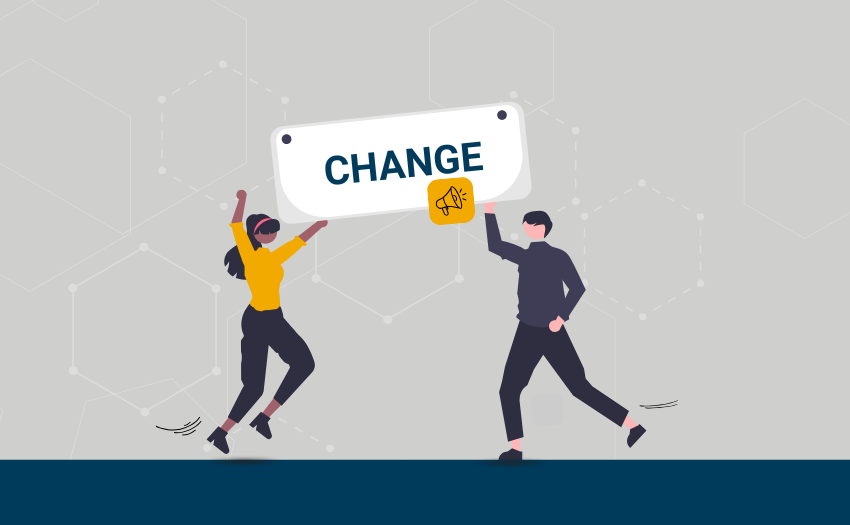Leading through change is one of the toughest challenges leaders face—and one of the most important. But in today’s fast-paced, ever-shifting environment, change is no longer a finite event to manage. It’s not a one-and-done process with a clear beginning and end. Rather than simply managing change, leaders must cultivate change readiness: the ability to adapt, respond, and provide clarity in the face of ongoing transformation.
This article explores three widely used change management models—not as rigid frameworks for controlling change, but as tools to help leaders create the conditions for adaptability, alignment, and resilience. When applied with flexibility and awareness, these models can support teams in navigating uncertainty with confidence and purpose.






